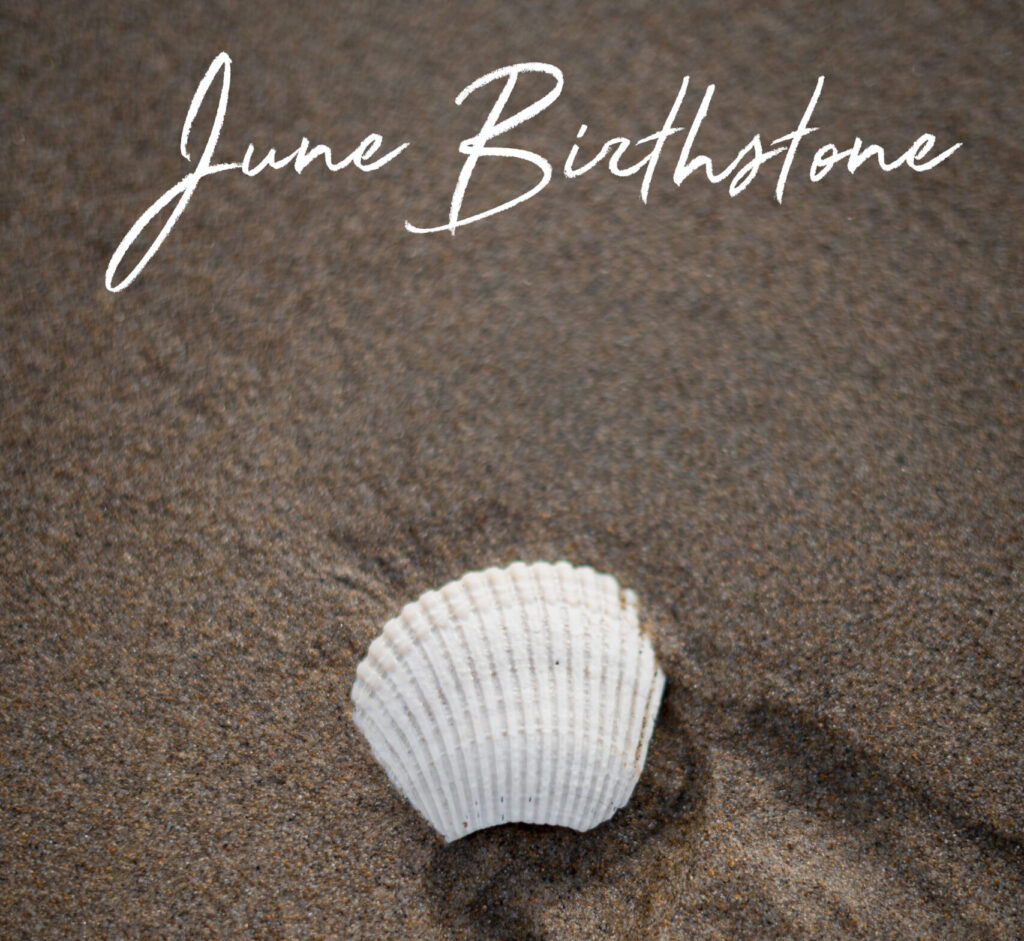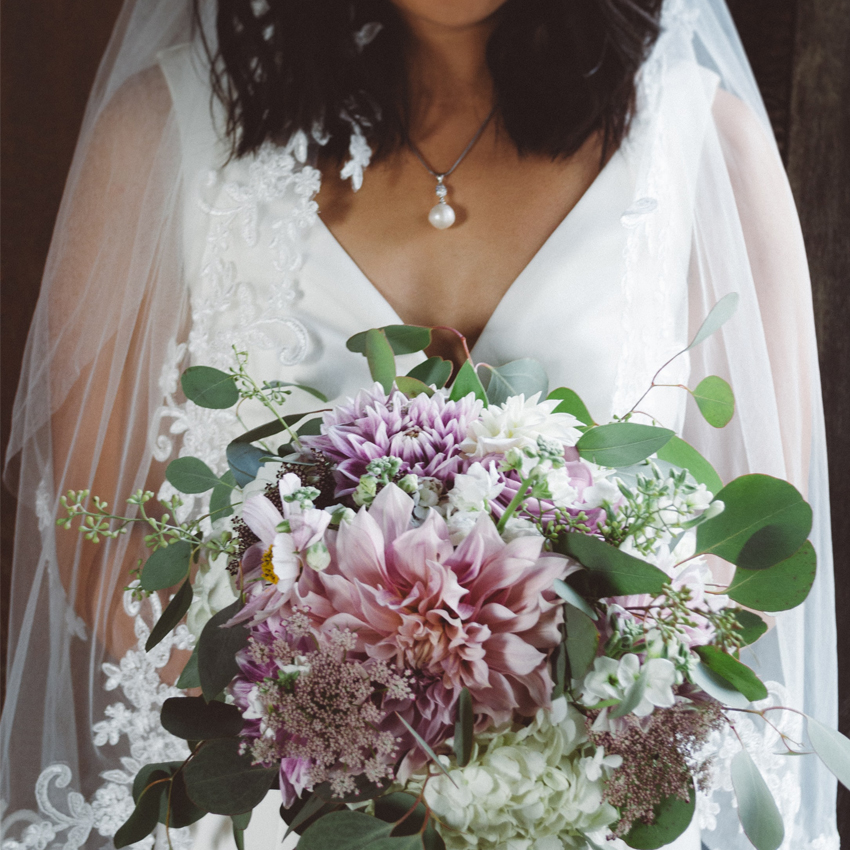Click here to get this article in PDF

What is the Birthstone for June?
People born in June are lucky enough to have three birthstones.
Firstly and most popular for jewellery – The Pearl. Secondly – Alexandrite. Thirdly -Moonstone.
We will look at both Pearl and Alexandrite stones, beginning with the famous Pearl. This traditional stone has been often associated with innocence and purity -But is traditionally given as a wedding gift.

June Birthstone – History and Origin
Know as the water stone. Found in Oceans, Lakes, and Rivers all over the world.
Firstly, Ancients from the Middle East believed that they were teardrops fallen from heaven. Secondly, the Chinese fancied that the June birthstone came from the brain of a dragon.
And thirdly Christopher Columbus thought that molluscs formed pearls from dew drops.
Gift ideas
Our Mother of Pearl Necklace – Greta. Is available to order from our website with next day delivery available. Or in our Ryde Showroom. This substantial necklace features the stunning mother of Pearl set into silver with a Rose Gold plating, in addition to the rose gold plated chain.
Bridal Set
Also available from our showroom or available to order over the phone is this matching pearl jewellery bridal set. Available to order separately, the necklace and pearl earrings – both crafted in 9ct White Gold and feature a diamond accent.

How and where are they formed?
There are a few different varieties of Pearls, from freshwater cultured pearls to the Mother of Pearl. Pearls grow inside the issue of a freshwater or saltwater mollusc – Either an oyster or a mussel. Typically found away from any built-up areas. Pearl-bearing molluscs fail to thrive in polluted waters, so farms are usually located far from civilisation – and often in breathtaking settings.
Although pearls don’t have a strict grading system like the diamonds 4cs, similarily, they are still viewed by GIA. ( Gemological Institute of America)
Grading
GIA has a grading system of 7 qualities to determine the value, which is much more complex than the diamond grading system. Instead of colour, clarity, cut, carat like diamonds, they are graded by Lustre and Surface quality. Depending on the quality, they can range from £35.00 to 5 million.
Size
To begin, the size of a pearl mainly factors into where it has come from. Generally, they are 6mm – 7mm. Any larger and the size becomes more desirable, similar to when a diamond is 1.00ct, the price goes up dramatically. Only a small percentage of the biggest, healthiest molluscs can produce the larger pearls, making them rare.
Lustre
In relation to lustre, this is measured by shininess. When great lustre is observed, light travels through its layers of nacre and is refracted and reflected from within, giving the pearl a shine within.
Shape
Shape has a big impact on value, perfectly round meaning subsequently the more expensive.
Three round grades exist from Near Round – meaning perfectly round when worn. Interestingly, this is an illusion and is not normally perfectly round when viewed close up.
Baroque – Meaning irregular in shape. However, the irregular shape is commonly known to allow more light, improving lustre.
And finally, Keshi & Keshi shaped – Meaning very small and Baroque. Keshi is the Japanese word for ‘poppy seed’, and it’s an apt name because when you look closely at poppy seeds, they’re small but very irregular in shape.
Colour
As a rule, colour doesn’t significantly impact the value. A range of colours exists for different types of pearl, which also affects the Lustre on what colours to look out for. Commonly, white, peach and purple Freshwater pearls of the same lustre, size, shape and surface quality consist of the same value.
Surface Quality
The most important factor for grading and value, only a small percentage of pearls have a smooth, even surface. The majority are marked with pits, bands, bumps or even cracks.

Nacre Quality
Relating to thickness – additionally only relevant for nucleated bead pearls, i.e. saltwater and certain Freshwater pearls, because most Freshwater pearls are 100% nacre and have no bead in the middle.
Matching
Matching reflects the whole piece rather than the individual pearls. It’s an assessment of how well matched the pearls are for the other value factors.
Black Pearl
Read more about this unique black Pearl and diamond design on our blog.

Care and cleaning
“Pearls are 2.5 to 3.0 on the Mohs Scale of hardness, so they are a comparatively soft gem and require special care.
Store them separately from other gemstones and metal jewellery to prevent scratching. Never store your birthstones in a plastic bag — plastic can emit a chemical that will damage their surface.
Always apply perfume, hair products and cosmetics before putting on your jewellery. The best way to clean your June birthstone: Use a soft, damp cloth, ideally after each time the pearls are worn.”
Alexandrite
Firstly Alexandrite is the rare variety of the mineral chrysoberyl that changes colour in different lighting. Above all, the most prized are those alexandrite birthstones that show a vivid green to bluish-green in daylight or fluorescent light and an intense red to purplish-red in incandescent light. Most alexandrites come from Brazil, Sri Lanka and East Africa.
Secondly, the most important value factor of this rare gemstone is the colour and colour changing properties. The more saturated the alexandrite’s colour, the more valuable it is. The same goes for colour change; the more dramatic the difference is between incandescent and daylight, the higher the value.
Inclusions
Similarly to diamonds, alexandrites have natural characteristics: needles, crystals, and twinning. However, fluorite, apatite, mica platelets, rutile, and multi-phase inclusions are common in alexandrite because of the elements present during the growth process. Fingerprints, liquid inclusions, and hollow tubes are also common.

Bespoke Design with Alexandrite

We created this incredible Alexandrite engagement ring working with our existing Unity ring design. Crafted in 950 Platinum, In addition, the Unity design provides a very simple, minimalist setting to display the rich purple Alexandrite. Moreover, our client chose a 6.5mm Alexandrite, 1.28 carats in weight with a round brilliant cut. In conclusion, the rich purple colouration of the gemstone stands out from the mirror-polished Platinum to provide a unique alternative to this very simple ring design.
The post A Guide to June’s Birthstones – Pearl and Alexandrite appeared first on Serendipity Diamonds Blog.
